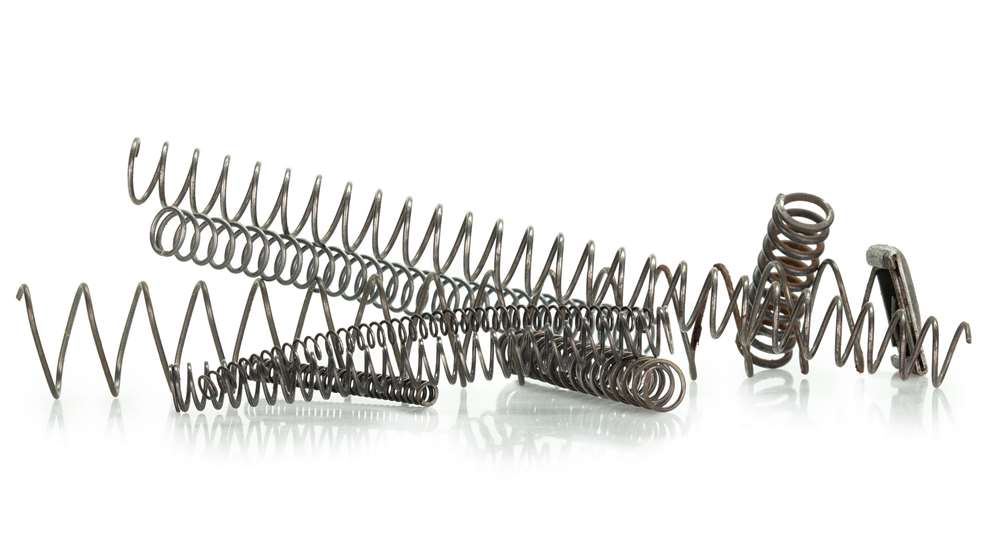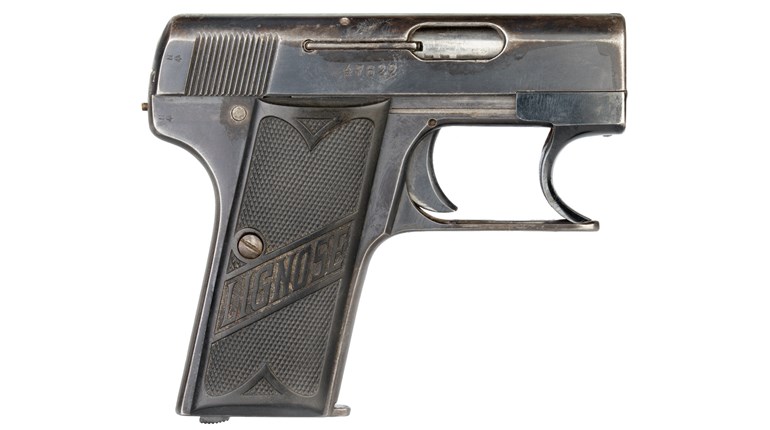
I am looking at buying an FN America Reflex to replace my older concealed-carry gun. Since I will always (except for cleaning and range use) keep a round chambered in the pistol, I was wondering if keeping a double-action-only (internal-hammer) pistol under spring tension (stretched) would be worse for the pistol in the long run than keeping a striker-fired spring under compression?
—Alice, Somewhere in UT
There is a long answer and a short answer to your question.
The short answer, for readers with limited time and patience, is the differences are inconsequential enough for it not to be a consideration when selecting a quality firearm for personal defense or for any legal purpose.
The longer answer takes a look at the possibilities, as opposed to the probabilities, that are derived from the manufacturing processes. Added to that are the lengths and trouble to which manufacturers go in ensuring their products live up to and surpass the expectations of the consumer.
Spring manufacturers as a whole have cracked the code on the longevity of their products with materials and manufacturing methods that extend the spring’s service life well past what was once considered a mandatory replacement time. Modern-manufactured springs taking a set to the point of being unserviceable is unheard of these days—with perhaps the exception of springs that escaped quality control and were defective in the first place.
One of the primary causes of spring failure is a breach in the integrity of the surface of the spring. This applies to coil springs, leaf springs, torsion springs or any other type of spring used in a firearm.
Once any part of the spring’s surface incurs nicks or dings which interrupts the smooth and continuous nature of that surface, that spot becomes prone to breakage through the flexing of the part as it does its work. When springs break, it is almost always at the point where the surface has been damaged. The damage can be so small that it is actually unnoticeable to the naked eye without the aid of some degree of magnification.
While these small deficiencies can originate at the manufacturer, they usually come from mishandling at installation or by the user performing maintenance by disassembling and reassembling the firearm or parts thereof. The inappropriate use of a pair of pliers or other tools in removing or installing a spring often results in damaging the surface of the spring, which can ultimately lead to a potential breakage in the future.
Looking at possibilities as opposed to probabilities as to whether a spring is compressed or stretched to do its work, each end of the spring needs to be considered as to how it interfaces with the parts being powered by the spring.
A spring that is compressed to store the energy to do its work is ground so it fits evenly in or on a seat to provide consistent force each time it cycles to power the part or parts.
A spring that is stretched to do its work usually has a hook or connecting interface manufactured into each end of the spring wire itself, allowing it to be attached to the moving parts. Forming these ends on a spring requires a little more attention to detail in maintaining surface integrity on the spring wire itself. It is possible that configuring a spring that stretches as opposed to compresses could be more prone to fail because of the way the ends are formed, but the probabilities do not show that to be true.
Every quality firearm manufacturer has a target service life for each product manufactured. While still in the prototype stages, a firearm is tested to the point of failure or until it surpasses the number of cycles required for the expected service life. What this means to the consumer is the likelihood of the gun failing, especially due to spring failure, is very unlikely for the service life of the gun. That assumes routine maintenance is performed and quality ammunition of the type recommended by the manufacturer is used.
Most guns designed for concealed carry will fire many thousands of rounds with recommended maintenance and ammunition. Most often, this number is greater than what the original owner will ever shoot through the gun in their lifetime.
When considering spring durability and longevity in a newly manufactured gun, there is not enough difference in manufacturing design to be concerned.
That said, when buying a previously owned gun of unknown origin, replacing the springs as a preventative measure will provide a little insurance and peace of mind that the gun will work when needed.





































